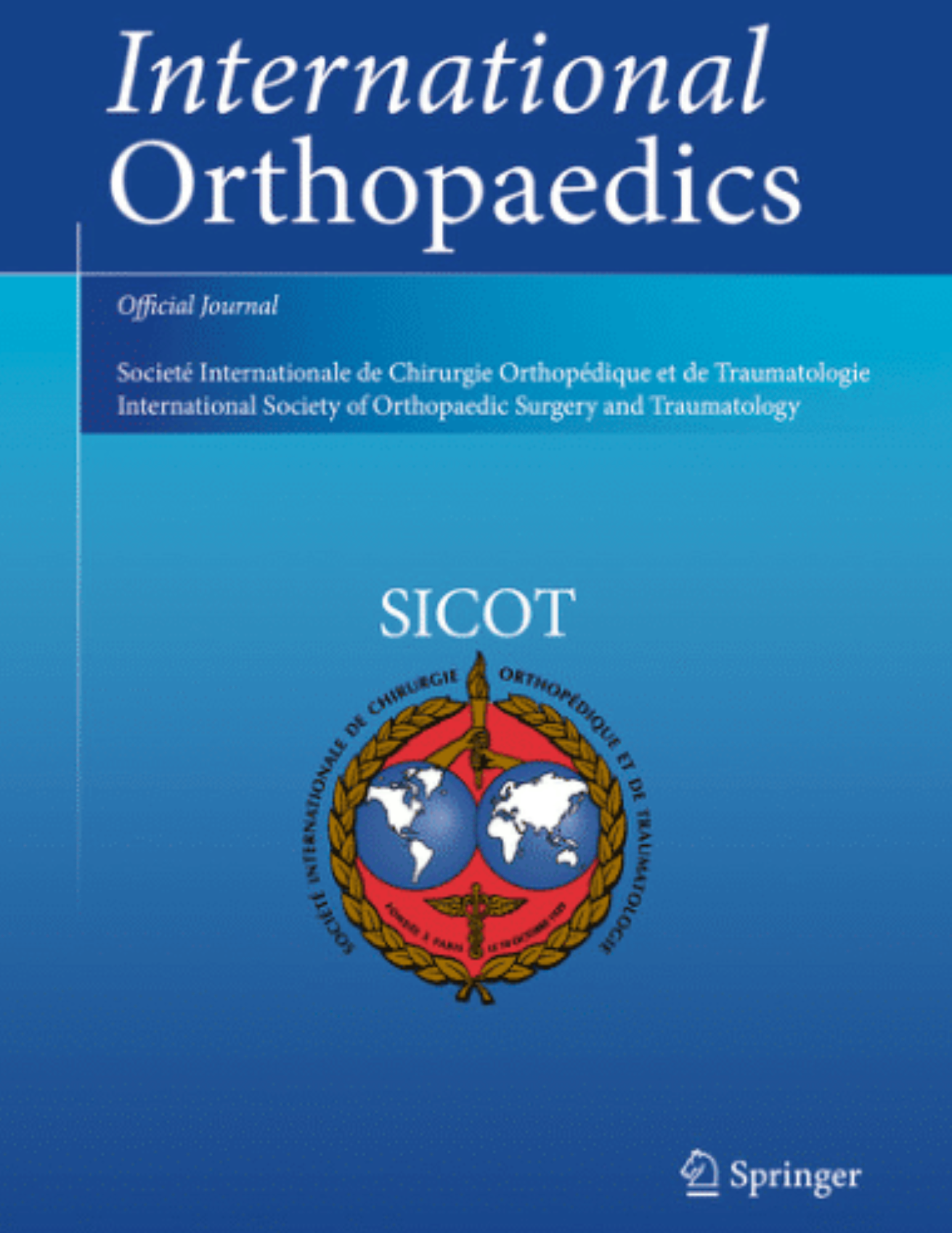
Comparison of arthroscopic vs. mini-open rotator cuff repair of the supraspinatus tendon

Comparison of arthroscopic vs. mini-open rotator cuff repair of the supraspinatus tendon
Prospective randomised comparison of arthroscopic versus mini-open rotator cuff repair of the supraspinatus tendon
Int Orthop; 2011; 35(11): 1663:1670Did you know you're eligible to earn 0.5 CME credits for reading this report? Click Here
OE EXCLUSIVE
Dr. Kasten on arthroscopic vs. mini-open rotator cuff repair
Synopsis
34 patients with supraspinatus tendon ruptures were randomized to receive either arthroscopic double row repair with resorbable anchors or the mini-open technique with transosseous repair. The results of the study indicated that patients who were treated arthroscopically needed fewer NSAIDs in week 1; however, the patients who were treated with the mini-open technique displayed significantly lower...
To view the full content, login to your account,
or start your 30-day FREE Trial today.
FREE TRIAL
LOGIN
Forgot Password?
Explore some of our unlocked ACE Reports below!

Learn about our AI Driven
High Impact Search Feature
Our AI driven High Impact metric calculates the impact an article will have by considering both the publishing journal and the content of the article itself. Built using the latest advances in natural language processing, OE High Impact predicts an article’s future number of citations better than impact factor alone.
Continue



 LOGIN
LOGIN

Join the Conversation
Please Login or Join to leave comments.